Treatment Areas
Locations

Locations

Locations


Treatment Areas
Locations

Treatment Areas
Locations


Locations
Locations

Locations
Locations
Locations










If you’re looking to smooth wrinkles, add volume, or enhance your facial contours, Laserbody MD has you covered with our high-quality dermal fillers. With over 2,353 happy clients, our treatments are safe, hygienic, Health Canada-approved, and virtually pain-free.
Ready to refresh your look? Call 416-555-1234 today to schedule your consultation!
Laserbody MD is a top-rated Toronto clinic specializing in dermal filler treatments. Our certified professionals use Health Canada-approved fillers to help enhance facial contours, smooth wrinkles, and restore volume.
Book your free consultation
You deserve this!
As we age, our faces naturally lose volume and firmness due to factors like gravity, shifting fat, and skin damage. Dermal fillers are a great solution to restore youthful fullness and enhance facial contours. They work by adding volume to areas like the cheeks, lips, and jawline, smoothing out wrinkles, and giving you a refreshed, youthful appearance.
Often called “lunchtime procedures,” dermal fillers are quick, taking around 30 minutes with little to no downtime—perfect for busy schedules. In 2022, over 1.17 million aesthetic injectable procedures were performed in Canada, making dermal fillers a popular, trusted choice for immediate, natural-looking results lasting up to 12-18 months.
So, why are dermal fillers such a fantastic choice? Here’s why you’ll love them:

Order our beautifully packaged gift card now!
Send an eGift Card online directly to the recipient!



At Laserbody MD, we deliver stunning, natural-looking results with our expert dermal filler treatments. After just one session, you’ll notice immediate improvements in facial volume and contouring, with the results continuing to develop over the next few weeks as the fillers settle. Depending on your goals, we recommend touch-up sessions every 6 to 12 months to maintain your refreshed appearance.
Our dermal filler treatments are administered by licensed specialists to ensure your safety and the best possible results. Having trained professionals with years of experience is crucial in achieving precise, beautiful outcomes while minimizing risks.
Here’s what one of our satisfied clients had to say about their dermal filler experience at Laserbody MD:
“I was nervous with getting my first fillers done, but the staff was very kind and helpful throughout the process! David was awesome and did a great job with my lips . Would definitely recommend it to others!” – Genesis Gem Doctolero
Dermal fillers are an excellent option for men and women looking to enhance various parts of the face and body. Whether you want to add volume or create definition, dermal fillers offer immediate, natural-looking results with minimal downtime. At Laserbody MD in Toronto, we specialize in customizing treatments to enhance your unique features.
Each area requires a unique approach to achieve the best outcome. Our licensed specialists will carefully assess your needs and recommend the most appropriate filler and technique to enhance your natural beauty. Below are the areas where dermal fillers can be applied:
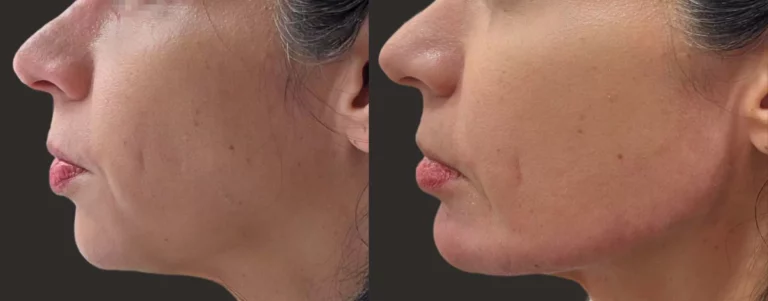
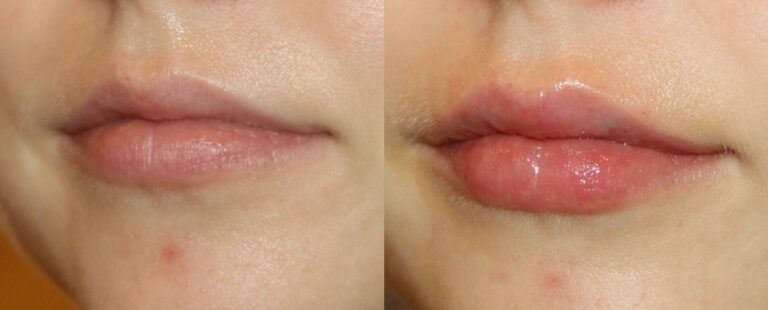
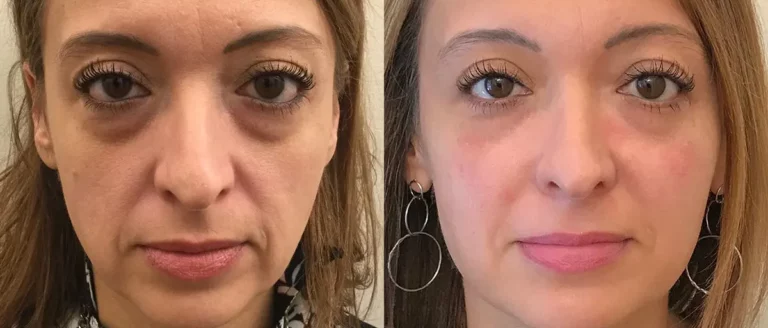
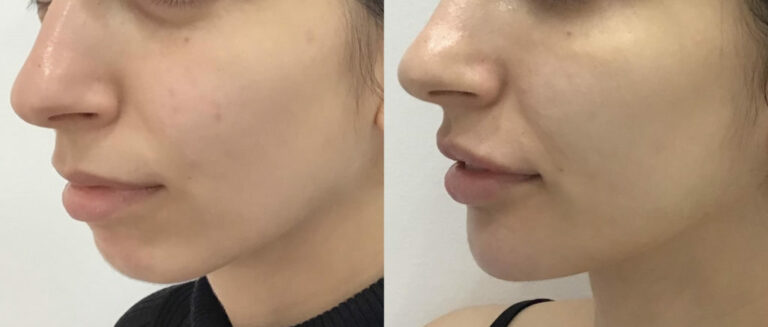
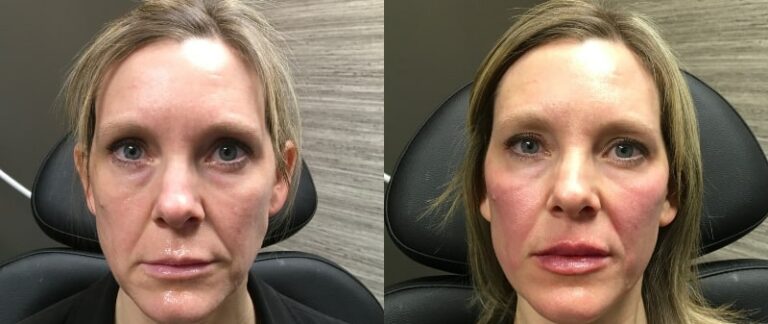

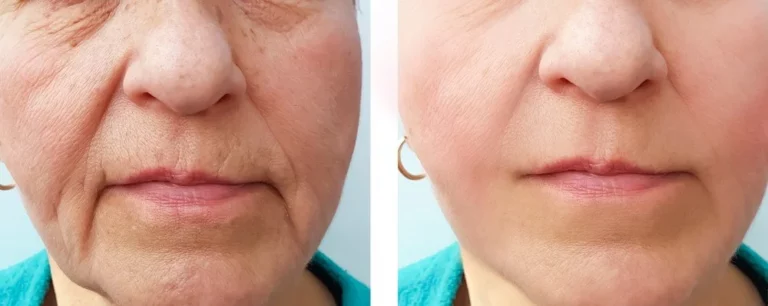
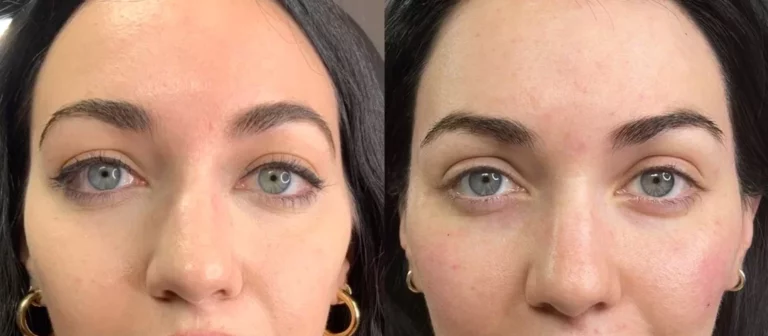
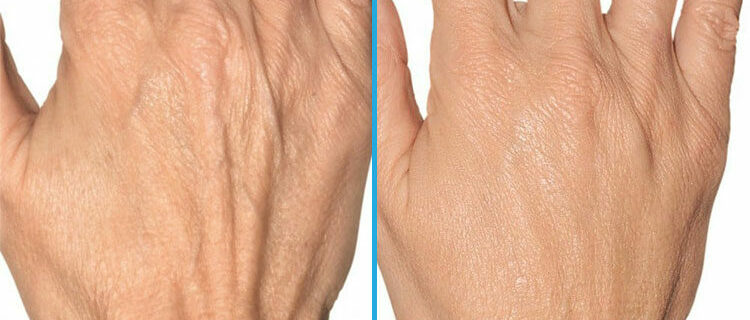
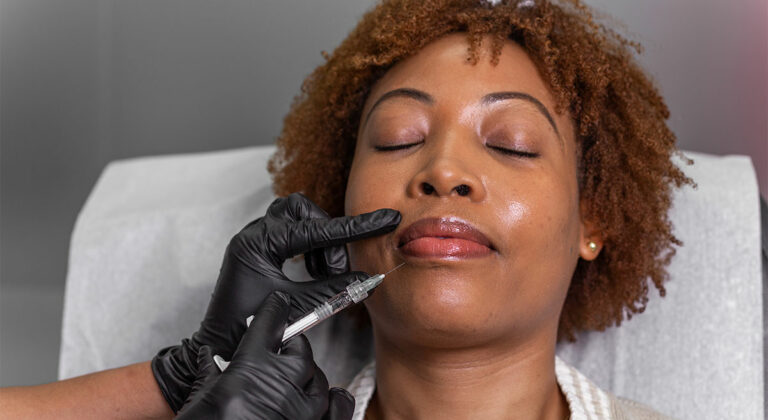
During your dermal filler treatment, a licensed specialist will inject the filler into specific areas where you want to add volume or smooth out lines. The filler, typically made of hyaluronic acid, works by plumping the skin from beneath, restoring lost volume, and smoothing wrinkles or creases. You might feel a slight pinch or pressure at the injection site, but discomfort is usually minimal and brief.
The filler instantly adds volume to the treated area, giving immediate results. The filler settles over the next few days, and any minor swelling subsides, leaving you with a refreshed, natural-looking enhancement. Since dermal fillers are non-invasive, you can resume your normal activities after treatment.
You’ll see immediate improvements after just one session, with fuller lips, smoother skin, or enhanced contours.
Dermal fillers are often called "lunchtime procedures" because they can be done in under an hour with minimal downtime.
The treatment is quick, with little to no discomfort, thanks to numbing creams and advanced techniques.
If you're not satisfied with the results, certain types of fillers, like hyaluronic acid-based ones, can be adjusted or dissolved.
Like any cosmetic treatment, dermal fillers come with some risks, including mild swelling, bruising, or redness at the injection site.
However, with our licensed specialists, we take every precaution to minimize these side effects and ensure a safe, comfortable experience. Our team is experienced and skilled in delivering the results you’re after while keeping risks to a minimum so you can feel confident in your treatment.
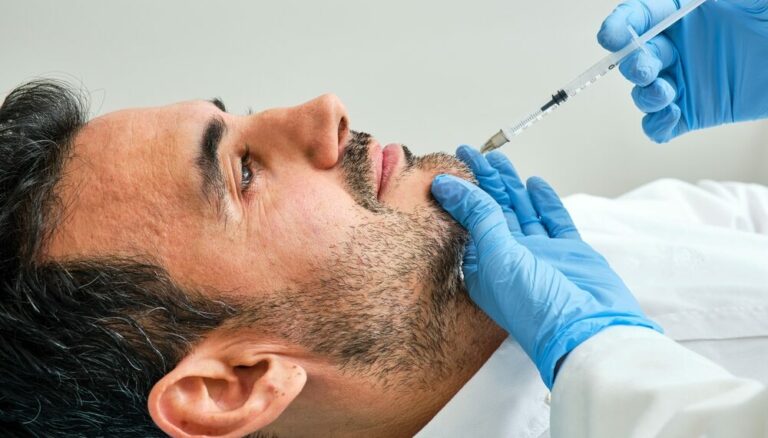
At Laserbody MD, we want to ensure you get the best results from your dermal filler treatment. Here’s what you can expect before and after your session:
Preparation:
Aftercare:
Find Your Preferred Locations
Located in: CF Shops at Don Mills
Address: 15 Marie Labatte Rd, Toronto, ON M3C 0J1, Canada
Hours:
Monday Hours might differ
Tuesday 9 AM–8 PM
Wednesday 9 AM–8 PM
Thursday 9 AM–8 PM
Friday 9 AM–8 PM
Saturday 9 AM–6 PM
Sunday 9 AM–6 PM
Phone: +1 647-692-1107
Province: Ontario
We’ve compiled a list of frequently asked questions about Dermal Filler that we receive from our clients.
Please contact us if you have more questions. We are always here for you!
Dermal fillers are a good option for you if you want to soften the appearance of facial wrinkles, restore your facial contours and/or plump your lips.
Most dermal filler side effects are mild and short, which include but not limited to redness, tenderness, swelling, firmness, bumps/lumps, itching, bruising and discoloration. Like all skin injections, there’s a risk of infection.
There is minimal to no downtime after using dermal fillers. Most patients can return to work or any other normal activities immediately, with only slight redness or soreness in the treated area.
The facial filler procedures generally take only 15-60 minutes, depending on the area being treated.
Dermal fillers cost varies depending on several factors such as the area being treated, the specific formulation and amount being used, and the individual’s desires and body.
Cosmetic dermal filler results will be noticeable immediately after treatment and can last 6 to 12 months. Some types of facial fillers can even last for up to 2 years.
Typically described as a “small pinch”, most patients are surprised when their injection treatment is over.
Get the body you deserve—no matter what your credit score is. We offer low monthly payments. We’ll help you with the simple application process!
Have more questions? We’re here for you.
The feeling of self-worth, self-confidence, and owning your body is indescribable. We want to help our clients be themselves, but the best version of themselves.
★ ★ ★ ★ ★ 4.8 stars
5000+ satisfied clients
